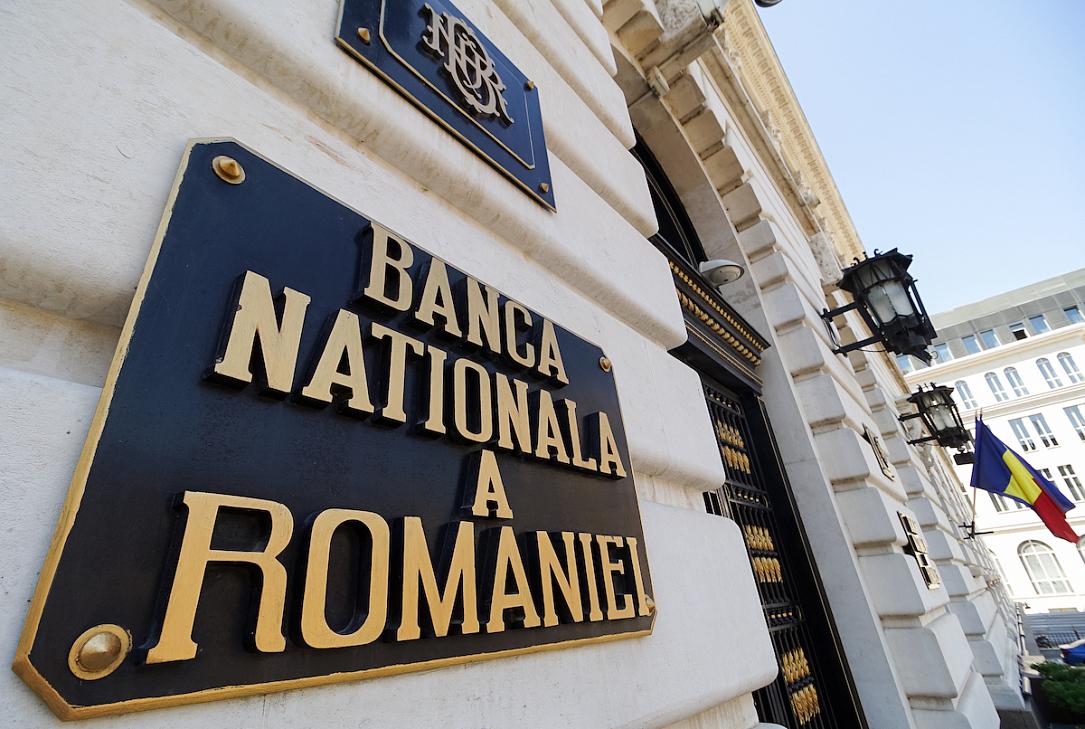Romania keeps policy rate at 7%, clarity over rate-cut calendar remains low



The National Bank of Romania (BNR), at its board meeting on April 4, provided little insights on whether the monetary easing cycle would begin in May while keeping the monetary policy rate at 7% in line with the consensus expectations.
The annual adjusted CORE2 inflation rate continued to decrease in the first two months of 2024, albeit at a relatively slower pace, falling to 7.6% in February 2024 from 8.4% in December 2023.
The annual inflation rate will decline over the following months [starting with March] on a slightly higher path than that shown in the February 2024 medium-term forecast, the BNR says in its press release, outlining a long series of uncertainties and risks associated with the inflation outlook.
A second consecutive month of disinflation in March thus does not seem a sufficient condition to create the circumstances for the beginning of the rate-cut cycle in Romania for a multitude of reasons that are both domestic (very high fiscal uncertainty) and external (regional but also global monetary stance, among many others). BNR mentions medium-run factors such as the future fiscal corrective measures (largely expected for 2025) under the excessive deficit procedure to capture the multitude of risks that may arise.
Further deferring until after the May policy meeting the rate-cut cycle that already seems of a smaller magnitude than initially expected at the end of last year is an increasingly reasonable option for the National Bank of Romania unless some highly unexpected triggering factors occur in the meantime.
The central bank expects the annual inflation rate to decline further over the following months primarily due to base effects and downward corrections of agri-food commodity prices, as well as amid the deceleration in import price growth and the gradual downward adjustment of short-term inflation expectations. A long list of factors that might impact the inflation trajectory follows, however.
Uncertainties and risks to the inflation outlook stem from the fiscal measures implemented recently for underpinning the budget consolidation process (upward risks), as well as from the measure to cap the mark-ups on basic food products extended until end-2024 (downward risk), but also from the evolution of crude oil prices (upward risk).
Moreover, heightened uncertainties and risks are associated with the future fiscal and income policy stance, coming from the additional fiscal and budgetary measures that might be implemented in the future to carry on budget consolidation, inter alia amid the excessive deficit procedure and the conditionalities attached to other agreements signed with the EC, according to the BNR. The central bank also mentions wage dynamics in the economy as a source of concern.
Uncertainties and risks to the outlook for economic activity, implicitly the medium-term inflation developments, also continue to arise, among others from the war in Ukraine and the Middle East conflict, but also from the economic performance in Europe, particularly Germany.
iulian@romania-insider.com
(Photo source: Lcva/Dreamstime.com)